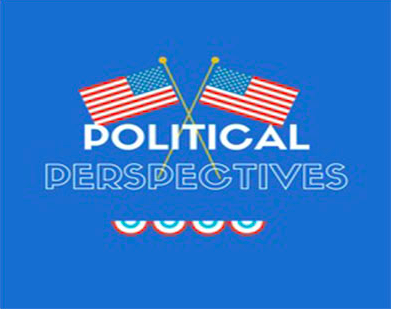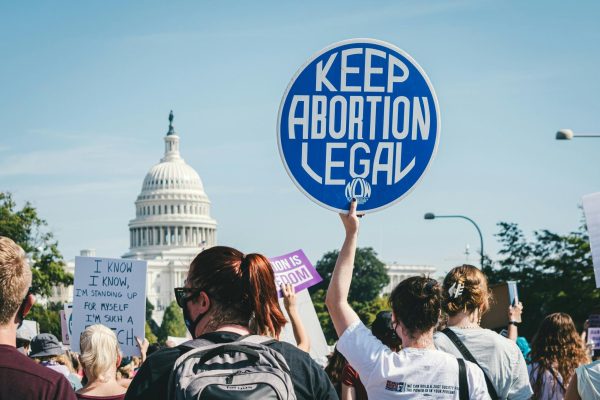Political Perspectives: It’s President Trump’s turn with North Korea

Genevieve Guenther
Political perspectives is a column that focuses on providing different opinions on important political issues from UNCW students.
Editor’s Note: Kristen Rodriguez is a freshman at UNCW majoring in Political Science with a minor in International Relations. Kristen is a contributing writer for The Seahawk and writes many of the pieces featured in Political Perspectives. All opinions expressed in this article are solely those of the author. Kristen may be found on Twitter @kristen_rodd. All suggestions and inquires may be sent via email to [email protected].
All of the North Korea controversy that has been escalating rapidly over the last few months is the most direct test of the Trump administration’s foreign affairs skills. There is more to look at here than just the actions of North Korea’s leader; there is also the way the world responds, especially President Donald Trump.
The first thing to address is how long this has been going on. Not too long after Bill Clinton took office in 1994, North Korea threatened to go back on its commitment to the Nuclear Non-Proliferation Treaty. In October 2006, North Korea announced that it was going to conduct tests on nuclear weaponry, when George W. Bush was in office. Then, President Obama had his turn when North Korea continued its tests in 2009 and rejected diplomacy attempts, claiming that their nuclear weapons were “necessary for defense.”
It’s important to understand that there have been four presidents now that have been involved in the North Korean nuclear timeline and so far, there has been no direct conflict between the United States and North Korea. Some of that has to do with the way the previous presidents have handled the situation. Bill Clinton traded energy sources with North Korea in return for them stopping their nuclear program, although it was revealed during the Bush administration that they had been secretly going back on their word and continued to develop their program.
Under George W. Bush, “The Six-Party Talks” which consisted of China, North Korea, Japan, Russia, South Korea and the United States began which gave the six nations a platform to negotiate with one another on nuclear policies. They once again offered North Korea some energy and economic assistance if they would give up their efforts to build nuclear programs, and once again North Korea went back on their word. The Six-Party Talk was continued under President Obama until 2009, but there have been more moments when North Korea said they would stop, but continued anyway.
Trump is using his turn to threaten North Korea relentlessly. He stood in front of the United Nations and promised to “totally destroy” North Korea if provoked. He has also taken to Twitter to threaten them saying, “Military solutions are now fully in place, locked and loaded, should North Korea act unwisely. Hopefully Kim Jong Un will find another path!” Many people have concerns about the way Donald Trump is handling the situation; they fear he is choosing the wrong path by calling their bluff, where other presidents have done whatever necessary to avoid causing conflict.
President Trump has proven many times that he does not have any issues with doing things differently than previous presidents have. He is not held back by presidential norms or traditions, but when you’re dealing with something as serious as possible nuclear war, is that really the moment to do something that has unpredictable as another country’s nuclear weapons.











